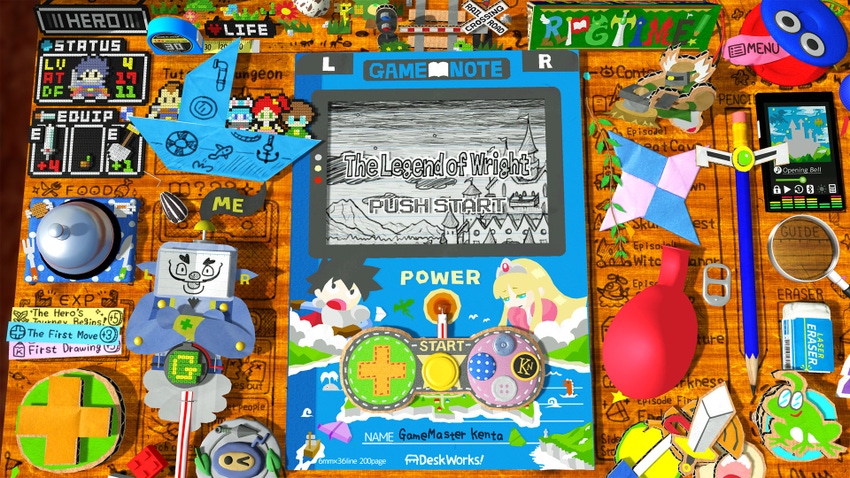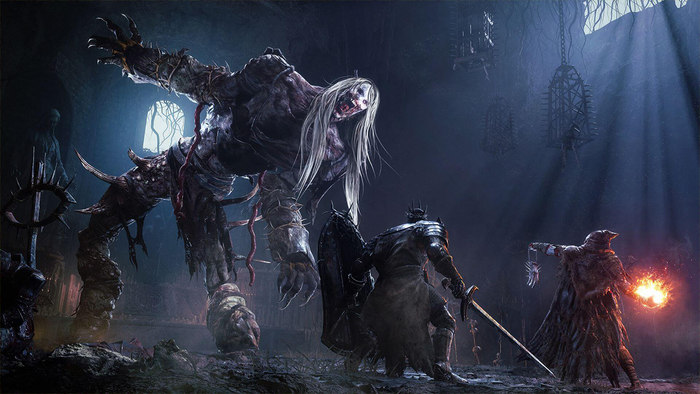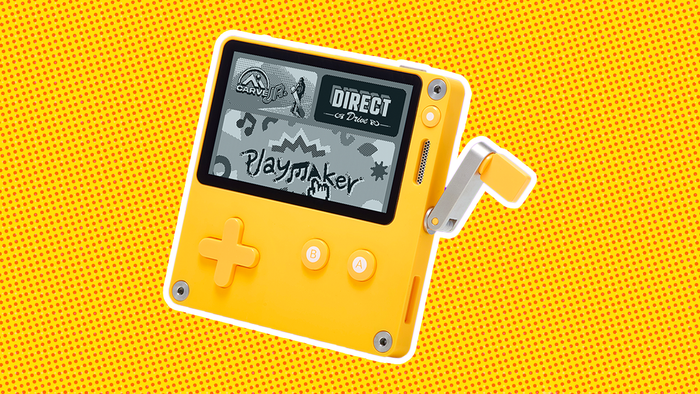RPG Time: The Legend of Wright contains a world of hand crafted games inside a child's notebook, capturing the feeling of creating games in your notebook as a kid.

This interview is part of our Road to the IGF series. The IGF (Independent Games Festival) aims to encourage innovation in game development and to recognize independent game developers advancing the medium. Every year, Game Developer sits down with the finalists for the IGF ahead of GDC to explore the themes, design decisions, and tools behind each entry.
RPG Time: The Legend of Wright contains a world of hand-crafted games inside a child's notebook, capturing the feeling of creating games in your sketchbook as a kid.
Tom Fuji, developer of the Excellence in Visual Art-nominated game, sat down with Game Developer to talk about what drew them to explore this child-like art style, how they captured the feel of a child's video game creations, and their own memories of making games when they were younger.
Who are you, and what was your role in developing RPG Time: The Legend of Wright?
My name is Tom Fujii. My main responsibilities included drafting, planning, scenario writing, direction, 3D modeling, UI, and scripting.
What's your background in making games?
I worked in a Japanese game development company as a level designer and director, and I have experience mostly in developing RPG and action games. I've been working for about fifteen years making games.

How did you come up with the concept for RPG Time: The Legend of Wright?
The concept for RPG Time: The Legend of Wright came to me while I was in school learning game development. There was an assignment to create any game, and I decided to create an RPG. I wanted to add something new and different to it, and the idea of playing an RPG inside a notebook you carry around came to me.
What development tools were used to build your game?
The game uses the Unity engine. Unity was one of the reasons we were able to start development for this game. Because we had a limited budget, we had to work from scratch using Blender when creating 3D models. We used Photoshop, tablets, scanners, and computers, but we also ended up using things like pencils, notebooks, erasers, colored paper, scissors, glue, cardboard boxes, and staplers.
RPG Time: The Legend of Wright captures a youth's home-made video games and equipment. What made you want to make a game presented like this?
Because the game team consisted mostly of level designers, we were limited in creating graphics, but we realized we could at least make elementary school kid-level doodles and simple crafts. Once we got the hang of it, making handmade graphics took no time, which allowed us to implement a wealth of ideas into the game, and we consider that to be one of our strengths.
Do you have any memories of designing your own games as a child? Do any of those memories stand out very strongly? Do you still have some of those things you made as a kid?
One of my memories from designing my own game was during an athletic field day called "Undoukai." This is an event typical in Japanese elementary schools where students participate in various sports competitions and invite their entire family to watch.
My school had this proposal to have students create an original competition and actually play it, and my idea was accepted. If I remember correctly, my idea was to have competitors wear a hat fashioned from a plate with a ball on top and have them run a relay race. Anyone who could usually run very quickly was forced to slow down, and the balls on top of the plates were chosen at random (like soccer balls, tennis balls, or apples) and I remember devising rules and intervals so it would be fun for everyone playing the game.
I also have this memory of a friend from elementary school who made a handmade game for me. When I was young, I preferred to play games rather than create them, and the time I spent playing the analog game my friend made for me was wonderful. I wanted everyone to experience that same special feeling, which was also one of the reasons I created the game.
Additionally, there's a wonderful SNES game titled RPG Maker, and I believe that was the very first time I ever made a video game. Only a handful of the creations I made during my youth were saved, and I regret not saving more.

What thoughts went into the pencil art style? How did you work to capture the feeling of a kid drawing a video game?
From the very beginning, I decided that we should never intentionally cut corners just because adults would be drawing in the style of a child. I never deliberately distorted lines or colored out of lines, and I did my best to draw pictures that would be easy to understand and have others to complement it.
The interfaces, maps, and other elements are created with a cardboard crafting style. What thoughts went into capturing this crafting feel with these things?
Cardboard boxes are very common in our everyday lives, and ever since I was young, I had the idea to use them for maps or interfaces for a computer game. That kind of creativity apparently still exists in today's youth, and I was pleasantly surprised to see so many online videos of children making video game consoles using papercraft.
Before any elements were 3D modeled, I handmade them to verify the size and steps of making it, and new gameplay and improvements were actually discovered through this process. Additionally, in order to retain the importance of keeping it looking handmade, I tried to avoid using copy and paste functions as much as possible.
What challenges did you face in getting the child-like art style and the crafted setting looking just right? Was it hard to get it to look like a real notebook and real, hand-made crafts?
Instead of a skilled, experienced visual designer, a level designer who didn't do so well in arts and craft classes (yours truly) was the one creating the graphics, which naturally lead to a style that looked very childlike. Because the development period was very long, I was concerned that I may have gotten better at drawing or modeling and that might detract from the childlike style, but unfortunately (or not) I never did improve as much and so that issue never came up.

The crafting art style makes this game feel like something you can reach out and touch. What effect do you think this sense of imagined touch has on the player and their connection to RPG Time: The Legend of Wright?
Reading some of the feedback from the players, I noticed that some players were thanking the game master and creator—the elementary school student Kenta—for making the game. This may be obvious, but a game developer creates graphics, interactions, sounds, and other game elements with the players in mind. By giving this game a handmade feel and by having the game developer actually be in the game, I feel that there is a closer, friendlier connection between the players and developers of the game.
You mention that you have had the idea for fifteen years and that you spent nine years on development. Was it hard to stay focused for so long? How did you keep yourself motivated to work on it for so long?
My motivation during development was high, and I was literally developing this game every day, day and night. I was so focused on developing RPG Time I may have felt a bit strapped for funds and time, but I also thought that that was a good driving factor in developing this game. I also believed that Kenta's initial desire and drive for creation rubbed off on us. There were many bumps throughout the process, but there weren't many big clashes among the team, and overall the development process was fun.
The game is not just an RPG, but also features many types of game. Why did you have so many different game genres in RPG Time: The Legend of Wright?
As a result of cramming in a bunch of things we all loved, the game came to incorporate many genres. Implementing every idea that popped into our heads without a second thought likely helped the game express the freedom of a child's ideas and energy. We also wanted to continuously keep the players entertained without getting bored, so we kept packing in new ideas by offering new surprises and fun with every turn of the page. By developing a bunch of game genres, we fell more in love with games, and realized that making and playing games are both fun.
Read more about:
[EDITORIAL] Road to IGF 2023About the Author(s)
You May Also Like







